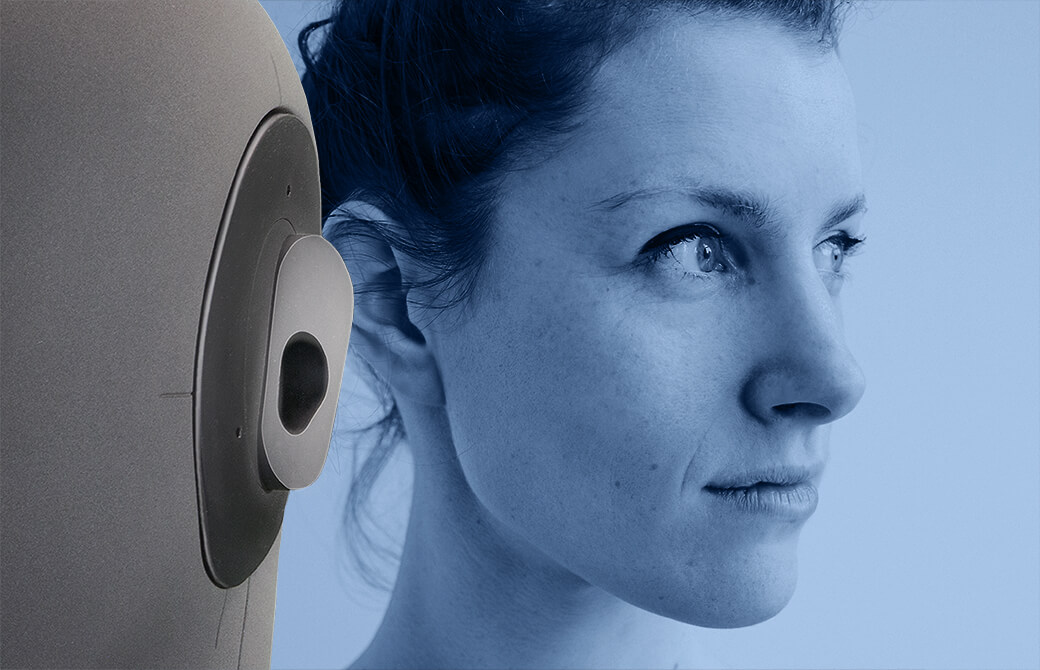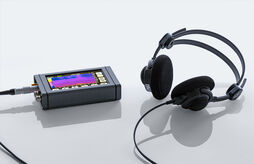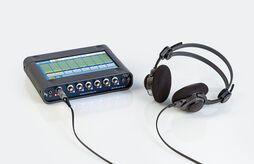Psychoacoustics
Focusing on the listening experience
The barely audible buzz of a midge can be really annoying, but good music is meant to be loud.
Psychoacoustics describes the link between acoustic stimuli and human perception – beyond the limits of the sound pressure level.
This allows manufacturers to improve the sound quality of their products and secure themselves a competitive advantage – after all, good sound quality is equated with good product quality.
Visualizing and evaluating perception of sound
Humans...
- hear relatively, not absolutely;
- perceive patterns, not third octave spectra;
- perceive loudness, not a sound level.
The challenge lies in understanding the phenomenon of human perception and simulating it numerically with suitable analyses.
To take these – and other – distinctive features into account, psychoacoustic signal processing must be adapted to human hearing.
HEAD acoustics: Setting the standard in psychoacoustics
Our hearing model simulates the signal processing of the human auditory system. It explains and describes in detail psychoacoustic effects and basic auditory impressions.
In addition to calculating standardized psychoacoustic variables such as loudness or sharpness, our products offer a range of more in-depth analysis features and functions. Analyze time and frequency patterns using, for example, the Relative Approach or tonal components with the tonality analysis.
Put the focus on perception!







